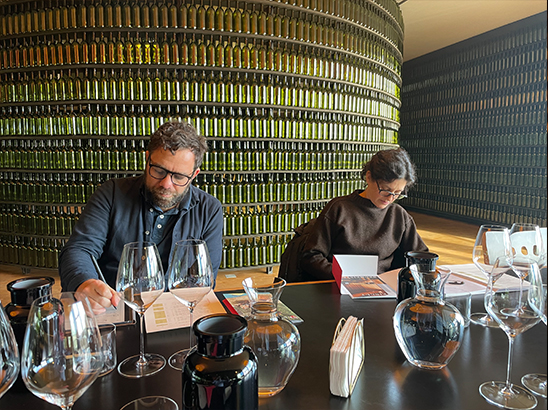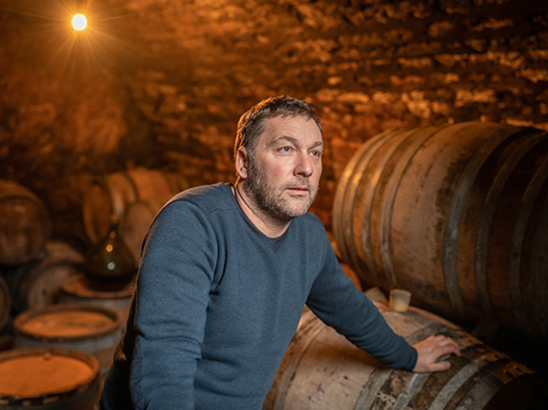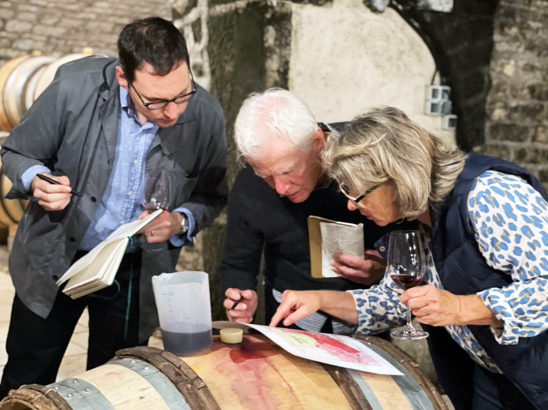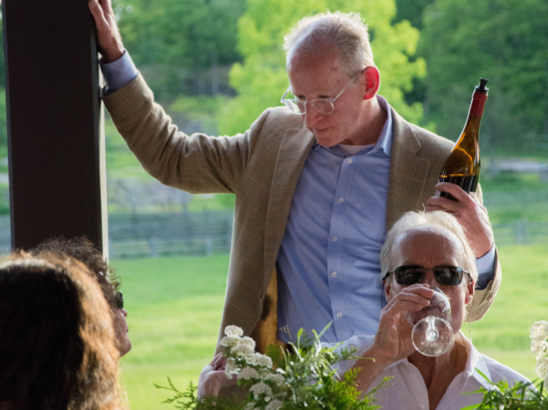Insights
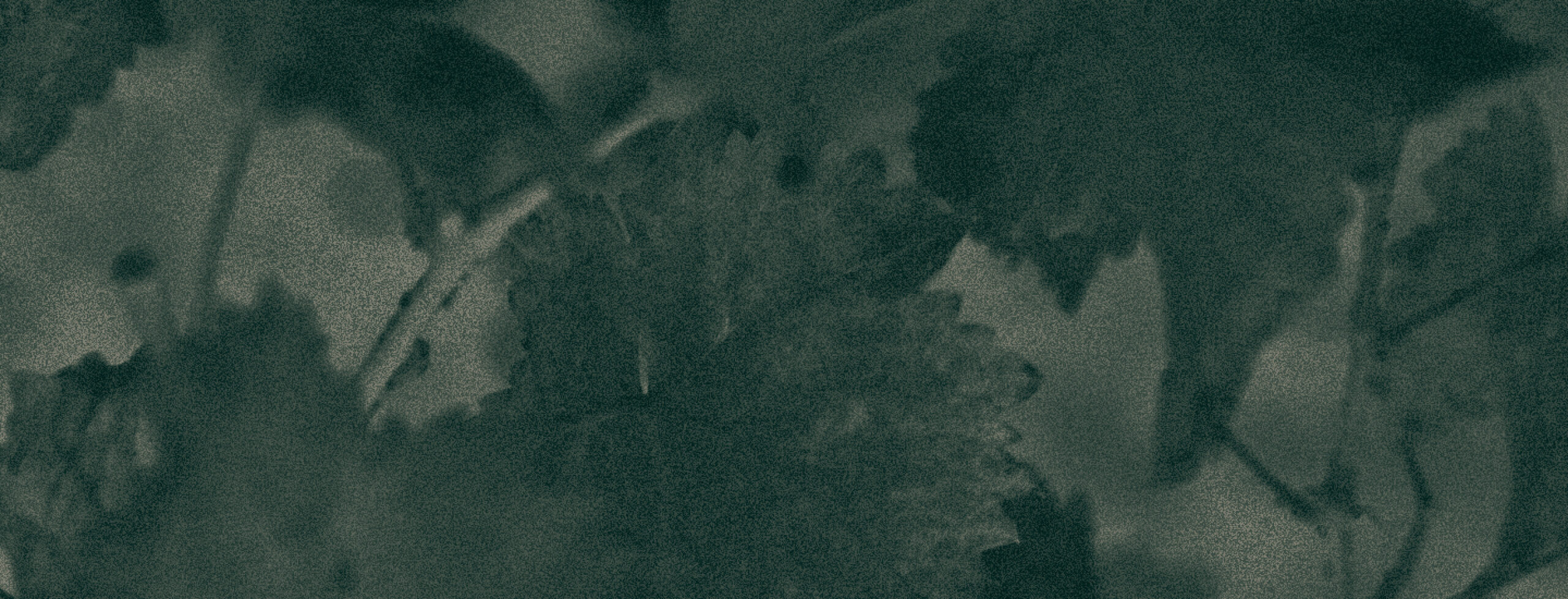
Grower Spotlights
Read more
Foreau’s Peerless Vouvray Brut: Another Side of Chenin Blanc
Through our many years of partnership, we have advocated incessantly for broader recognition of the greatness of Chateau Simone. Super-famous in their homeland and gracing the list of seemingly every good restaurant in France, Simone for many years was something of an underground phenomenon in the US, known to some cognoscenti but virtually unrecognized by the larger wine-drinking public.
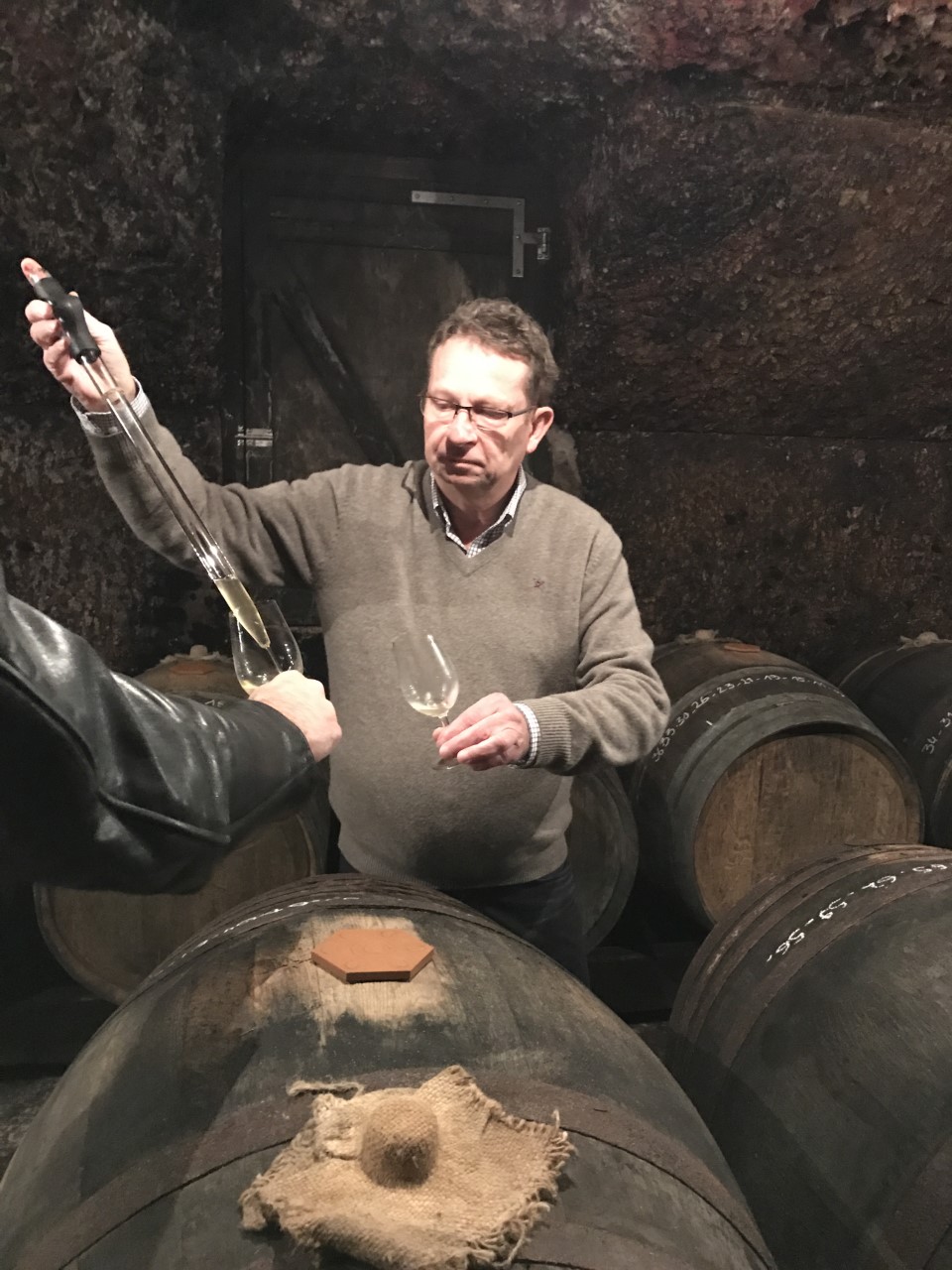
Featured
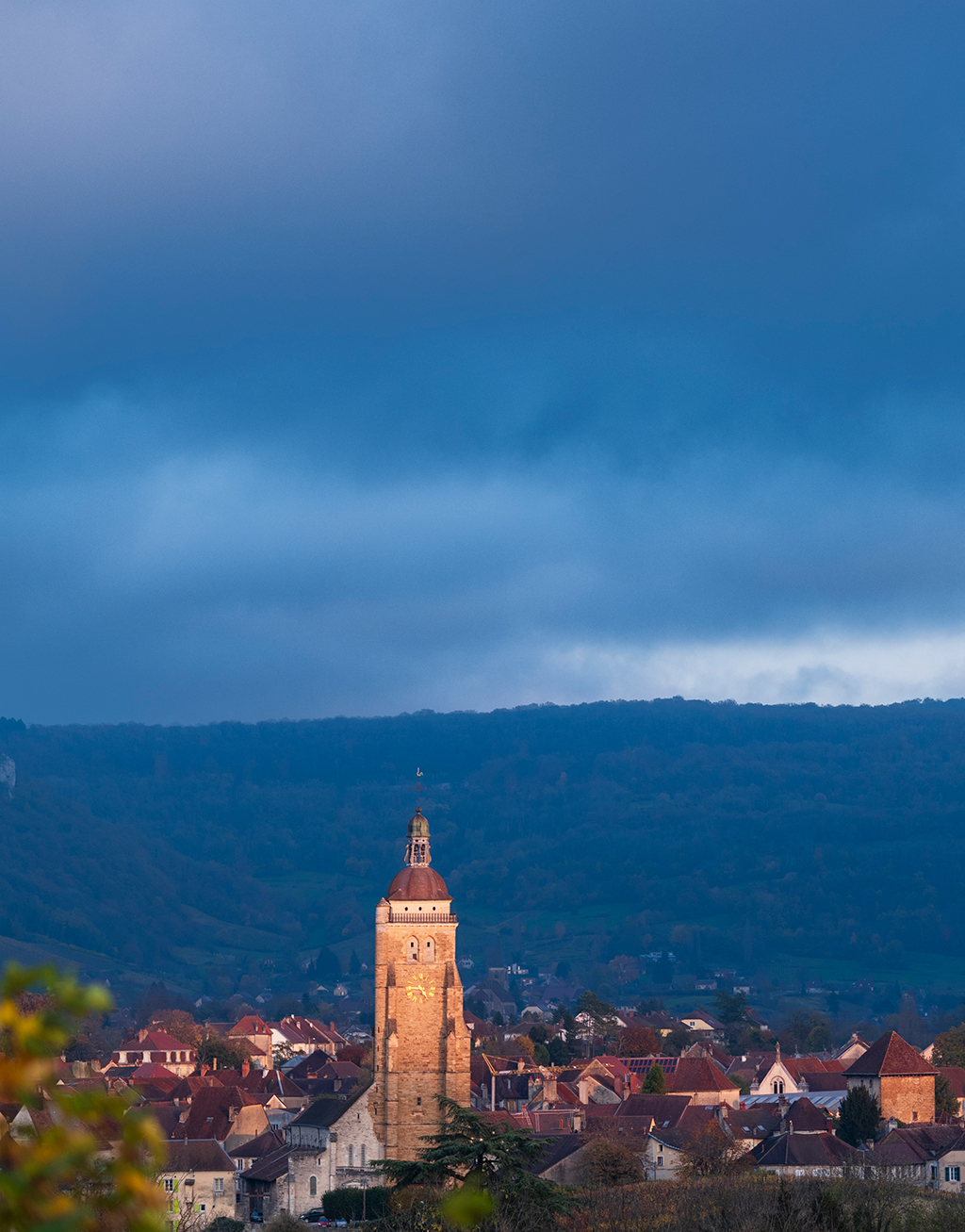
Grower Spotlights
Introducing Domaine de la Touraize
We are thrilled to introduce Domaine de la Touraize—the eighth grower in RWM’s long history with the Jura. André-Jean (“A-J”) Morin is the eighth generation of Morin to tend the vine in Arbois, beginning with his ancestor Etienne in 1704, but the family enterprise nearly didn’t survive the calamitous 20th century.
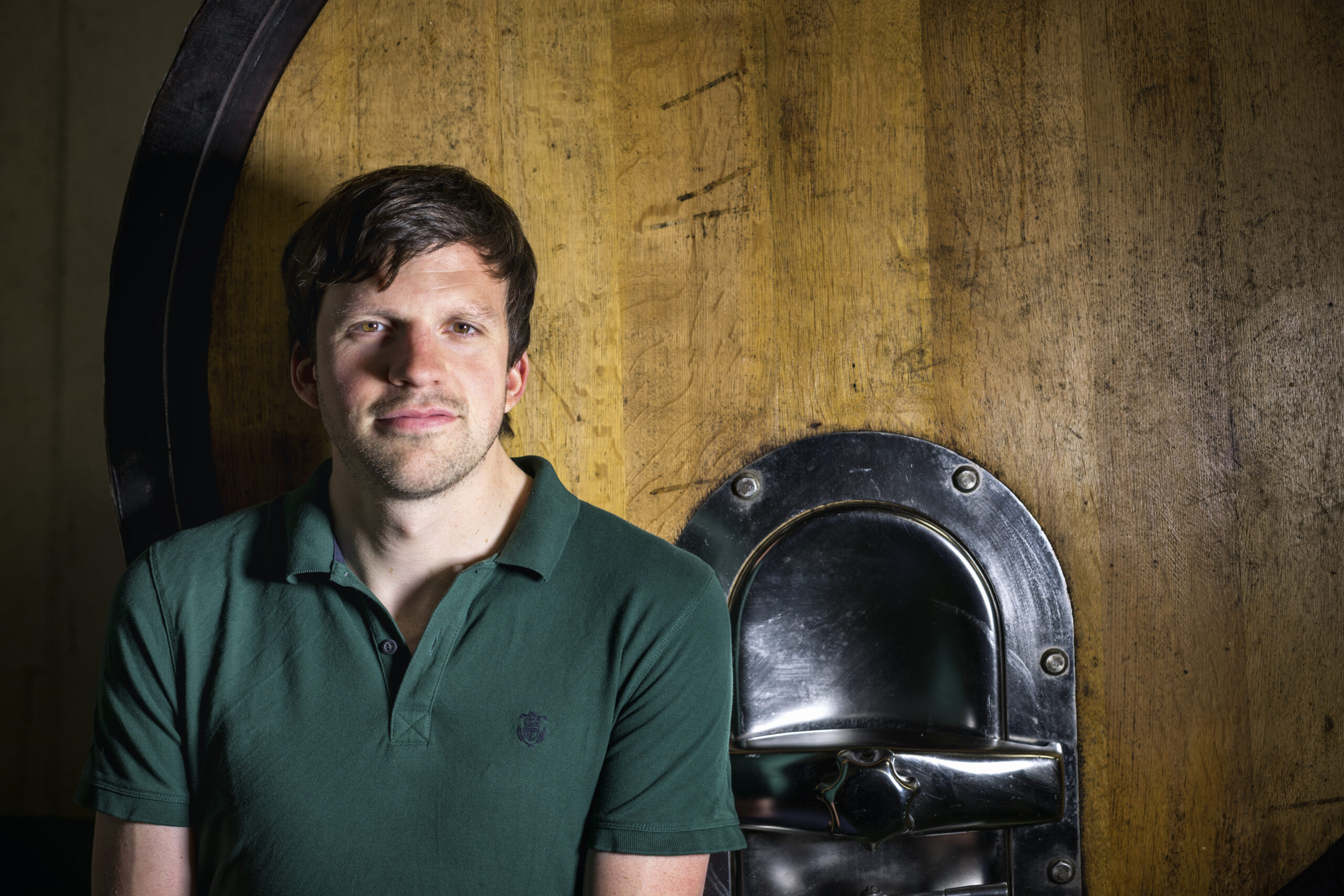
Grower Spotlights
New Releases from Josef Fischer
Our launch earlier this year of Josef “Joe” Fischer’s ebullient wines from the Danube’s southern banks met with immediate success, and we are thrilled to expand our work with this up-and-coming Wachau superstar this fall.
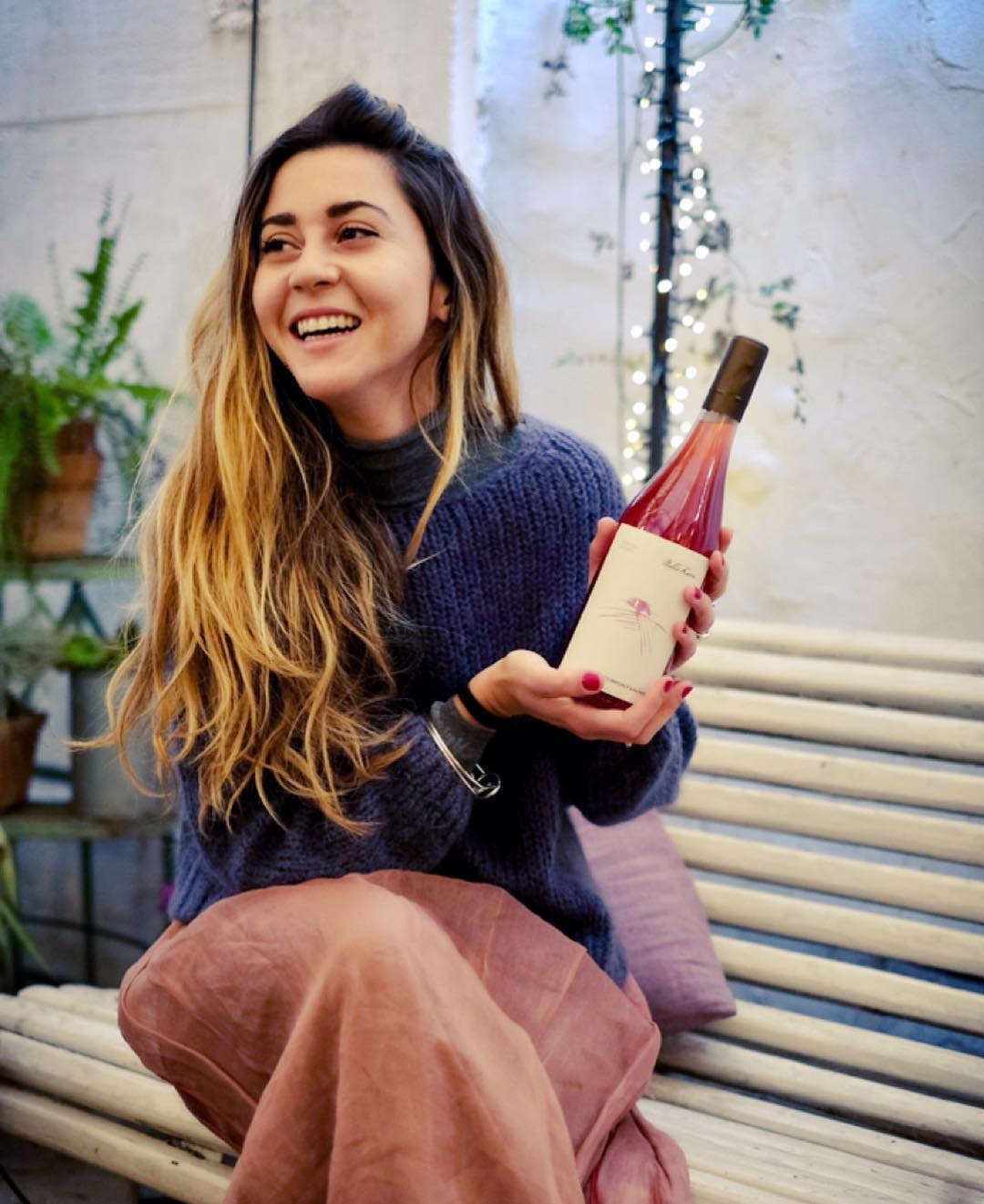
Grower Spotlights
New Releases from Ficomontanino
Within Tuscany’s relatively conservative winegrowing culture, Maria Sole Gianelli’s wines are a breath of fresh air. Maria Sole’s farm is called Ficomontanino (roughly, “Little Fig Mountain”), a property her grandfather acquired in the 1960s as a place to produce olive oil and breed horses.
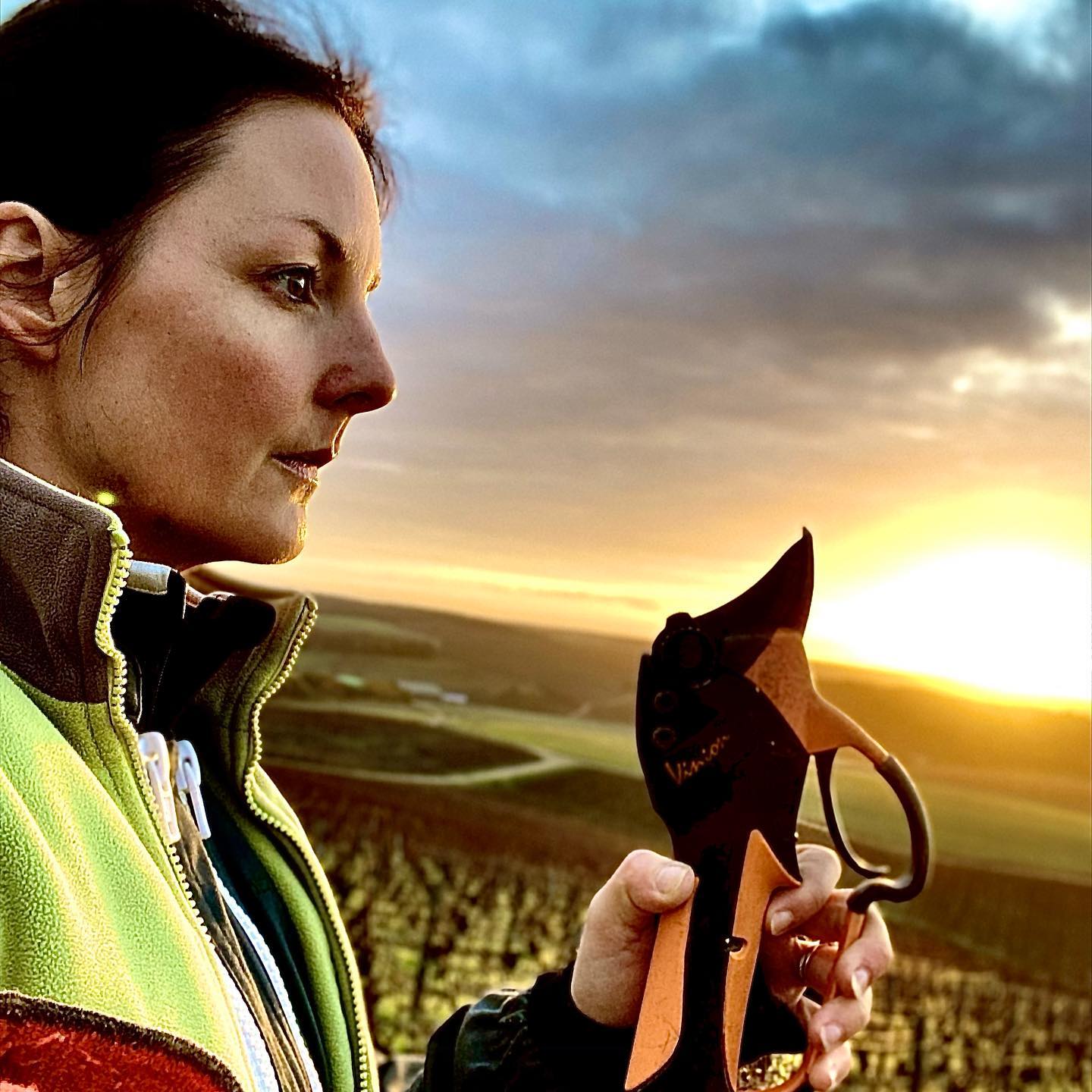
Grower Spotlights
Discover Champagne Louise Brison
Delphine’s wines capture the best qualities of great Aube Champagne, achieving an extraordinary balance of delicacy and power. Sleekly elegant yet with pronounced musculature, they wear their absence of dosage not as austerity but as mineral directness, and their acidity is clean and pert without being aggressive.
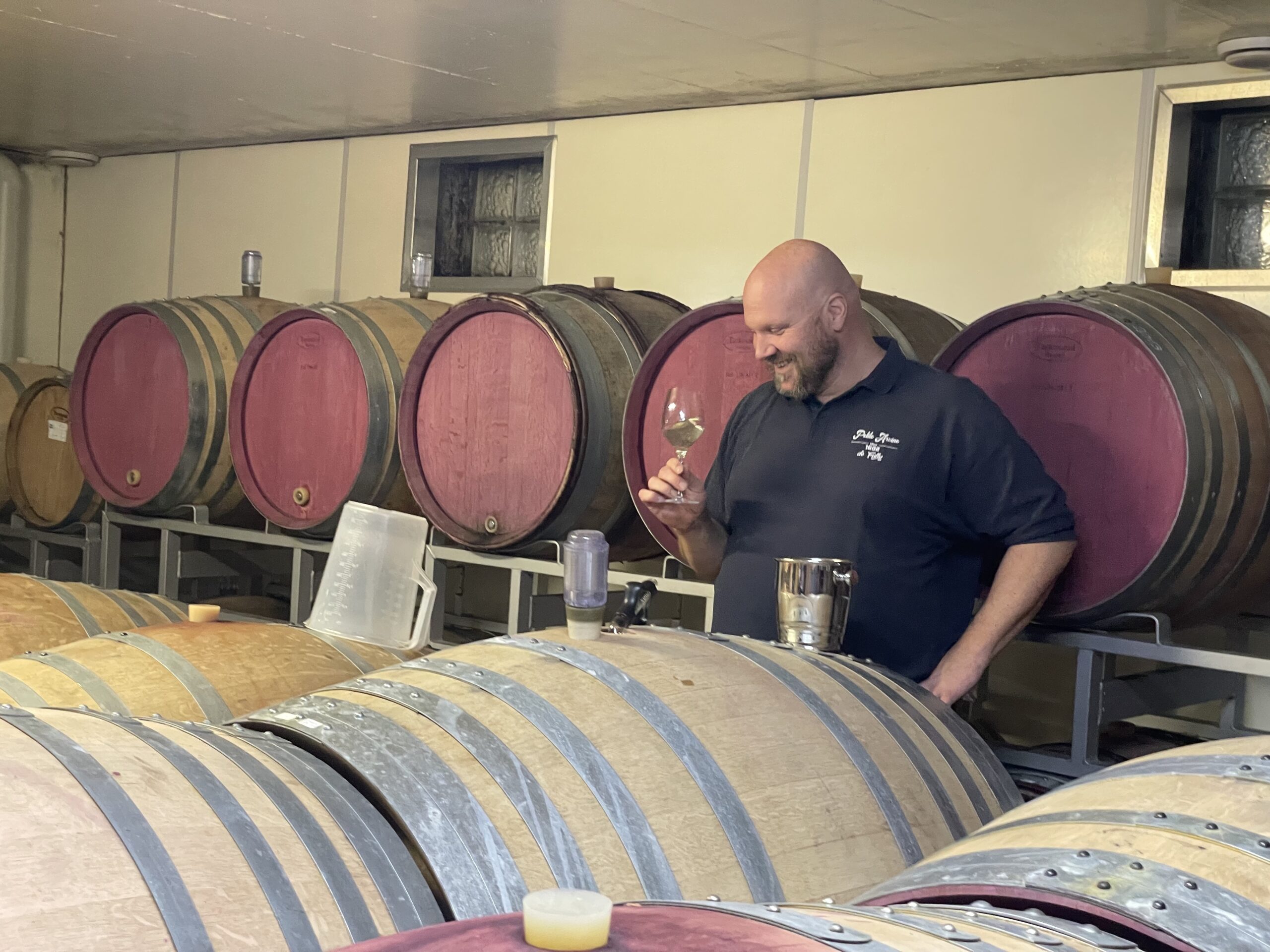
Grower Spotlights
Introducing Alexandre Delétraz and Cave des Amandiers
Delétraz possesses a golden combination of intellect, sensitivity, and humility, and he is blessed with holdings in one of Switzerland’s most fascinating cantons: the commune of Fully, in the Valais’ westernmost reaches. Fully represents the only gneiss mother-rock to be found in the country, and its sandy, acidic topsoil contains little clay and no limestone. Furthermore, its eye-poppingly vertiginous slopes prevent the possibility of any type of mechanization—thus making chemical-free farming like Alexandre practices a Herculean feat of labor.
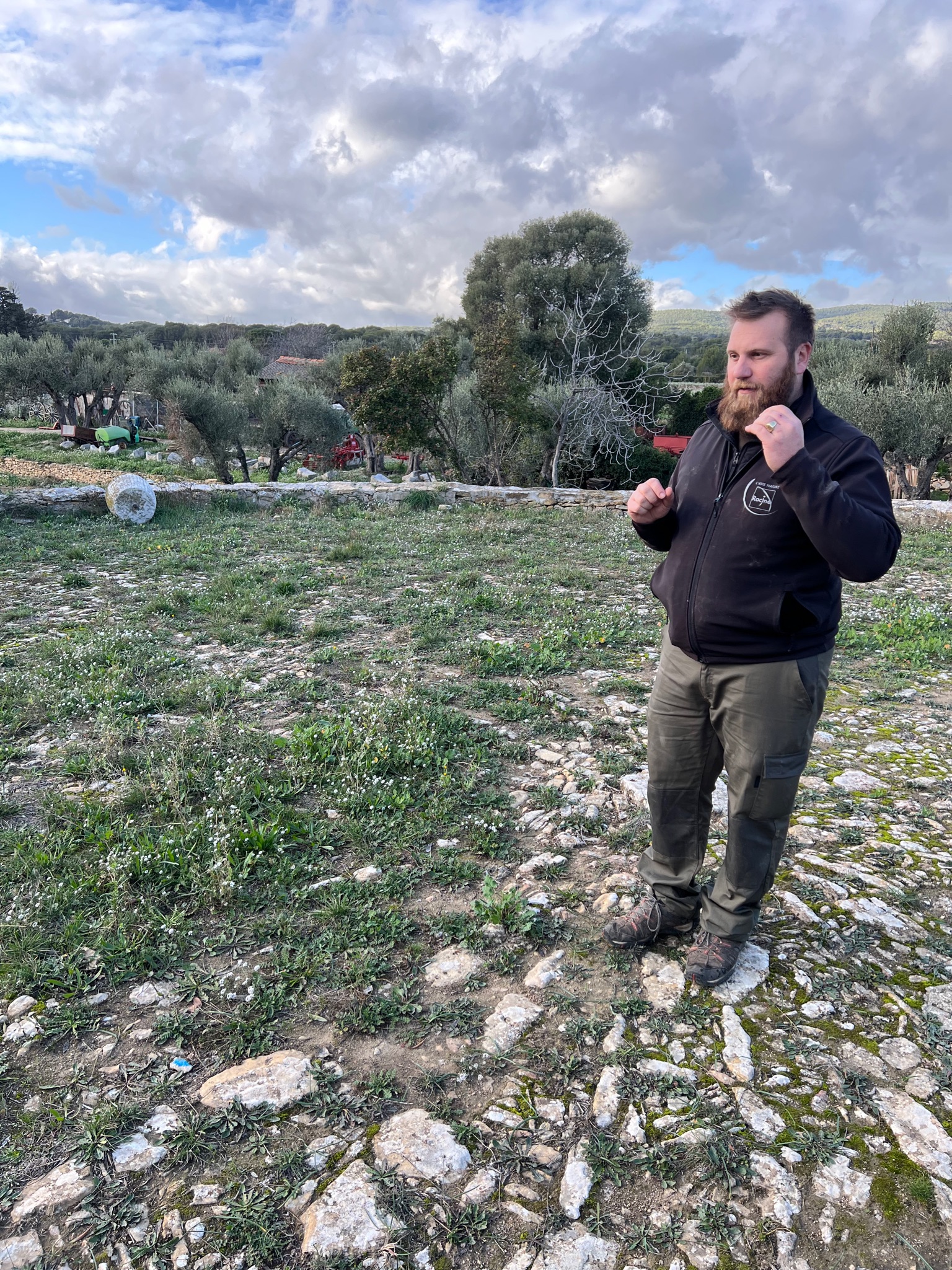
Grower Spotlights
An Insider’s View: Neal Rosenthal on Château Pradeaux
At Pradeaux no shortcuts are taken, no compromises made. Mourvèdre, this ornery, late-maturing grape with nearly black skin rife with ferocious tannins, is the king of the Pradeaux domain.
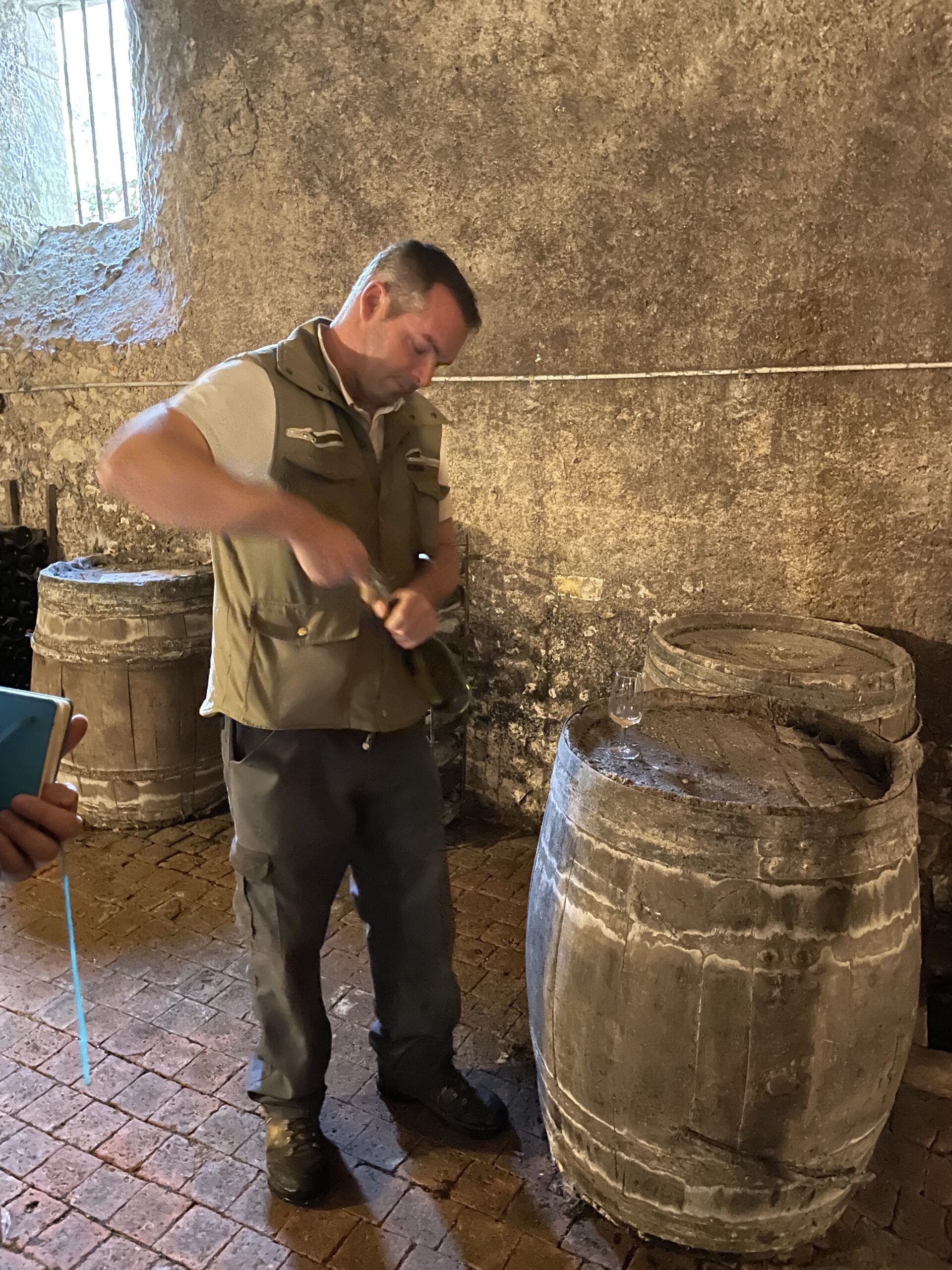
Grower Spotlights
Domaine de l’Estang: Characterful and Distinctive Sauvignon Blanc
With holdings both in Sancerre and the nearby Coteaux du Giennois appellation, Bertrand Graillot produces wines which combine typicity and individuality in highly appealing fashion.
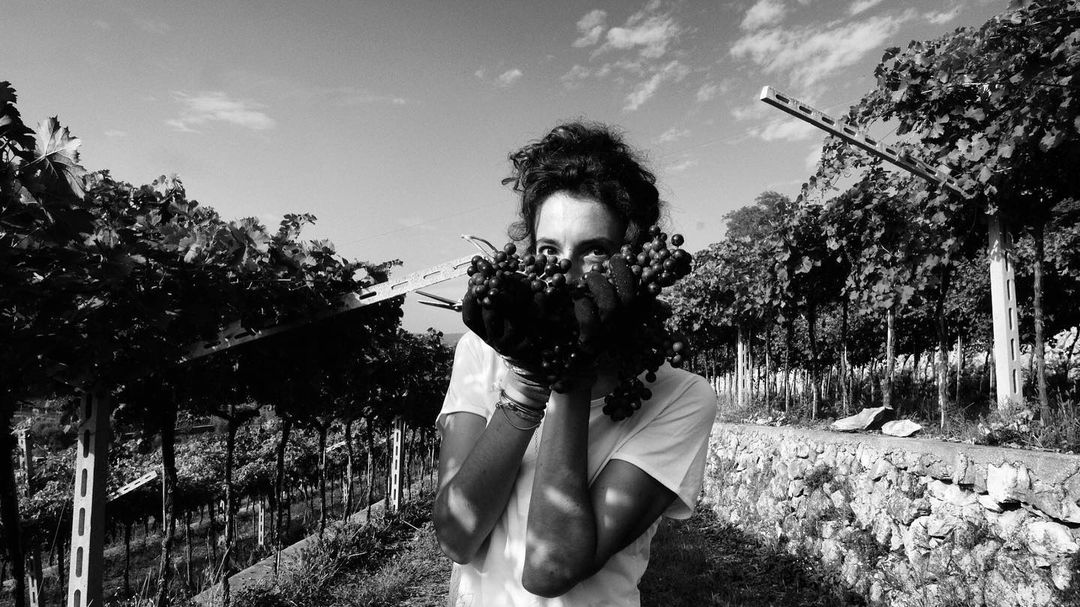
Grower Spotlights
Clementi: A Voice of Reason in Valpolicella
From the outset, Clementi aimed to produce in a non-flashy, traditional style—a style that speaks of the inherent acidity and freshness obtainable in these high-altitude slopes of sandy chalk. Tasting modern exemplars of Amarone, one might be hard-pressed to sense the terroir through the carefully engineered opulence, but this late-picked appassimento style works in theory precisely because its source fruit is so bright and lifted—at least when grown in Valpolicella’s historical communes.
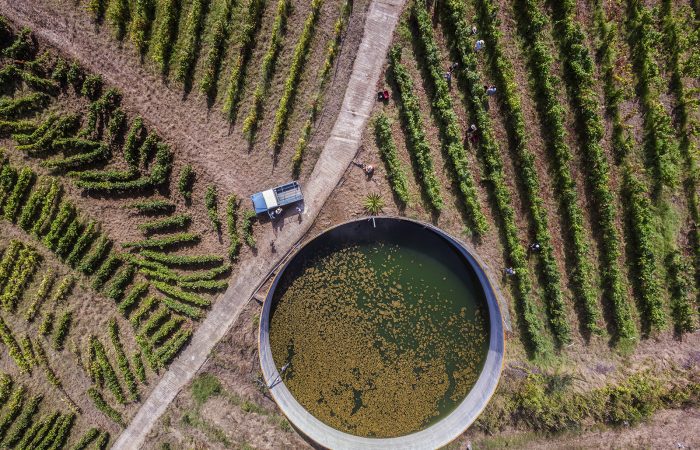
Grower Spotlights
Meet Atlante: Dynamic Traditionalism in Tenerife
Recent excursions have taken us far afield of our traditional turf—to viticultural Austria last spring, and, more recently, to Andalucía and the paradigm-shifting bottlings of Equipo Navazos—but our latest partnership with Atlante finds us as distant from mainland Europe as we have ever been: 60 miles off the coast of Morocco, to be precise, on the sun-soaked island of Tenerife.
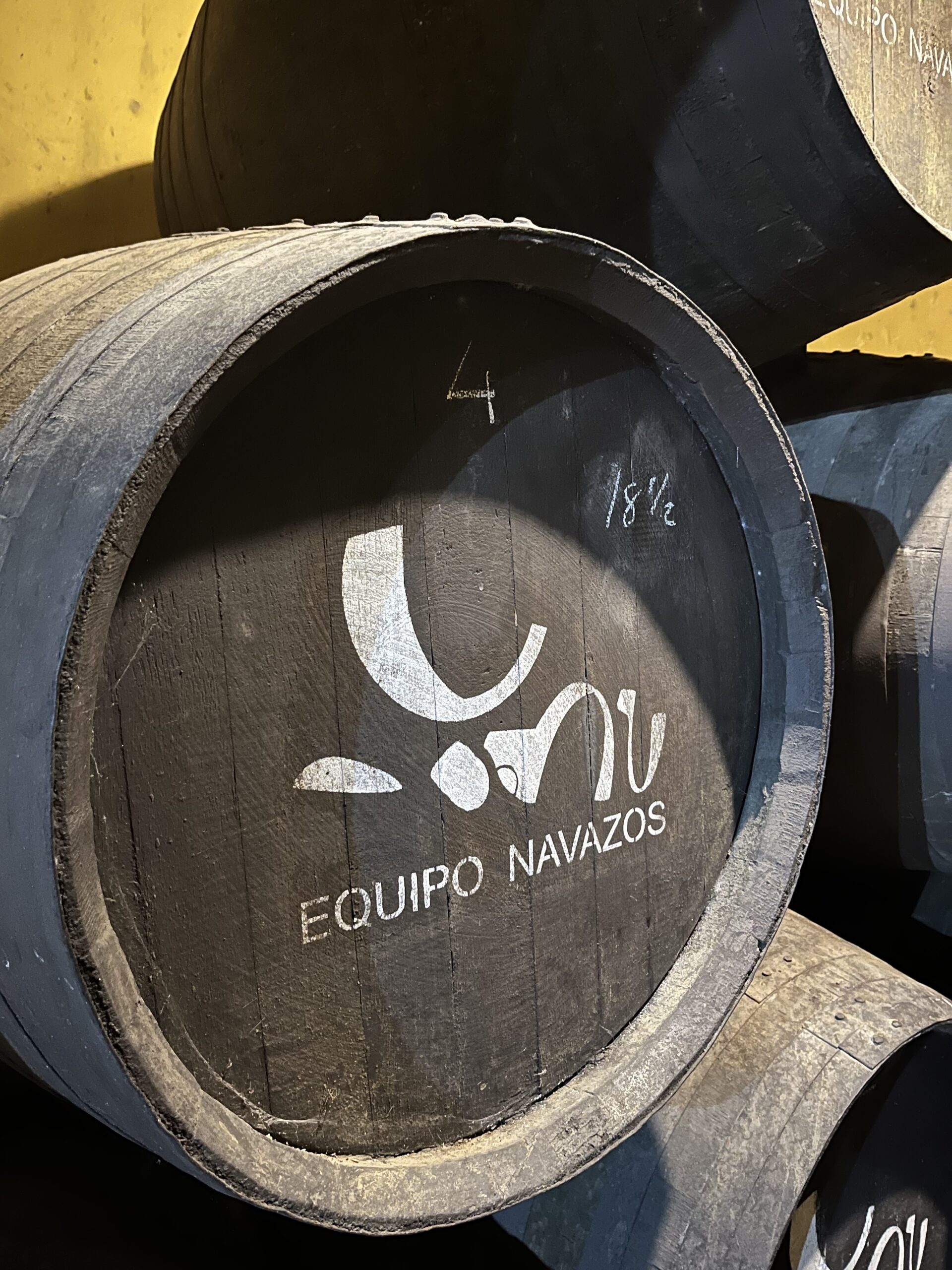
Grower Spotlights
Introducing Equipo Navazos
We are overjoyed to announce a national partnership with Equipo Navazos—a highly esteemed group of Sherry aficionados who, over the past two decades, have discovered, curated, and guided into bottle some of the greatest wines from the region ever brought to market.
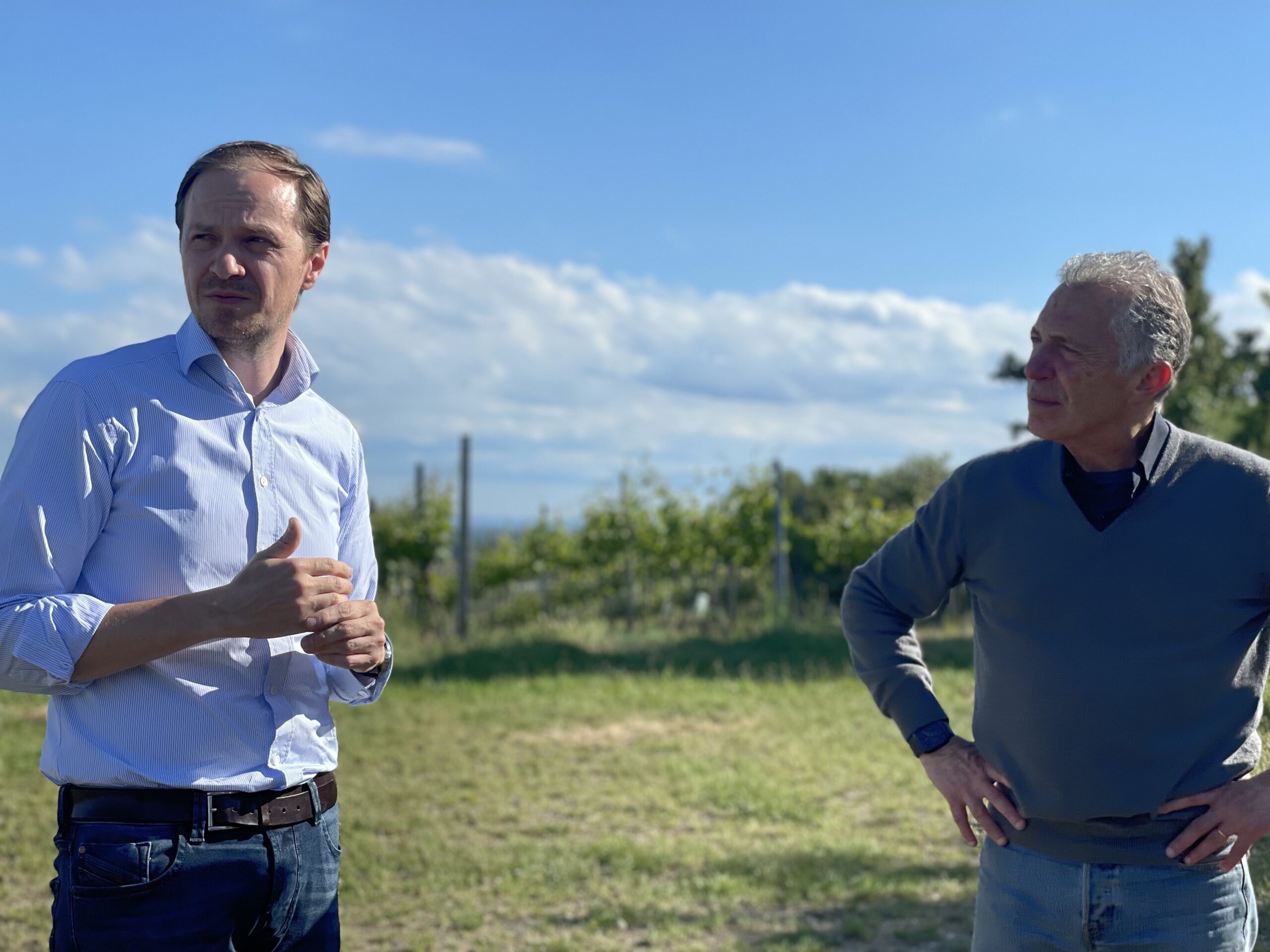
Events & Press
The Thermenregion in TRINK Magazine
Bernhard Stadlmann is one of nine Thermenregion producers who have opted to join the ÖTW. His family estate in Traiskirchen has roots that reach back to the Napoleonic era, when the French recognized Stadlmann wines for their excellence. His familiarity with Burgundy stems from his days as an enology student there. But the most important lesson he took from that experience is: “In wine regions that are rich in tradition, you learn how strong the traditions of your own region are.” The Thermenregion might not seem so sexy at first glance, he says, but the conditions it offers should be alluring to young growers.
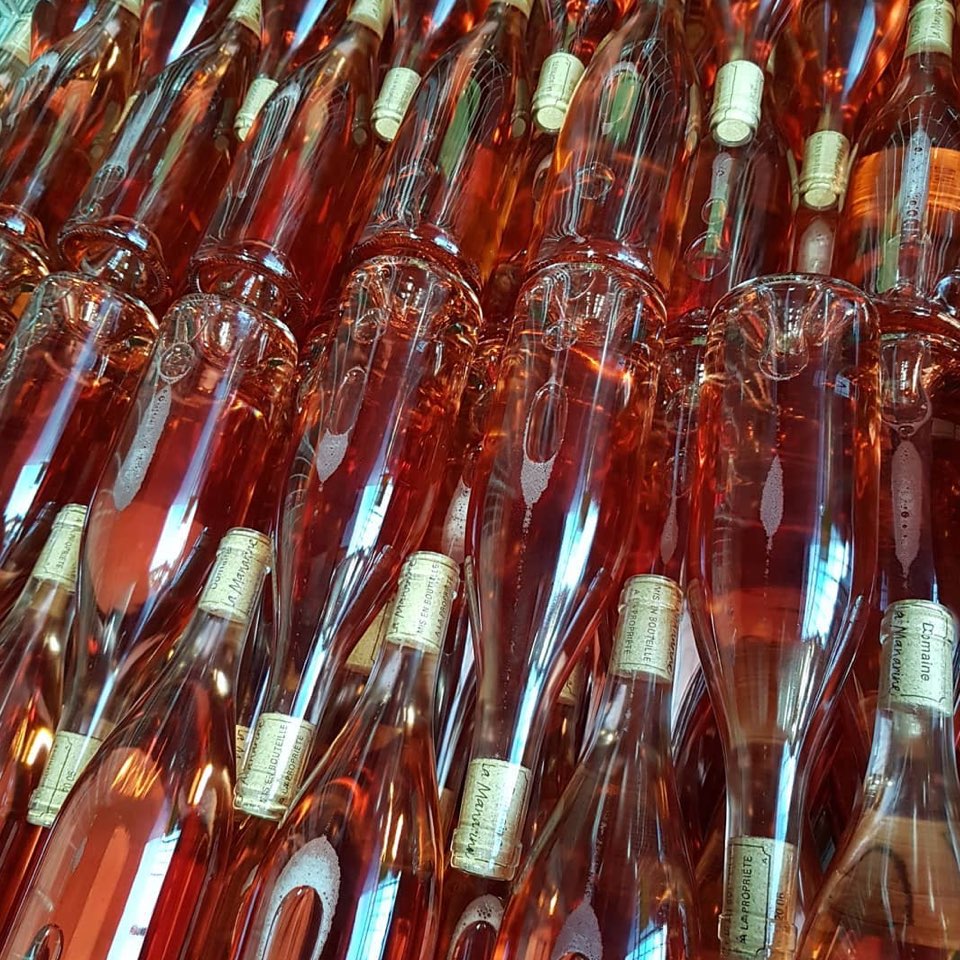
Tasting Notes
2022 Rosé Vintage Snapshot – Southern Rhône/Luberon
These regions more or less followed suit with Provence in 2022, experiencing high temperatures and borderline drought conditions, yet producing rosés of greater freshness and lift than in recent years.
